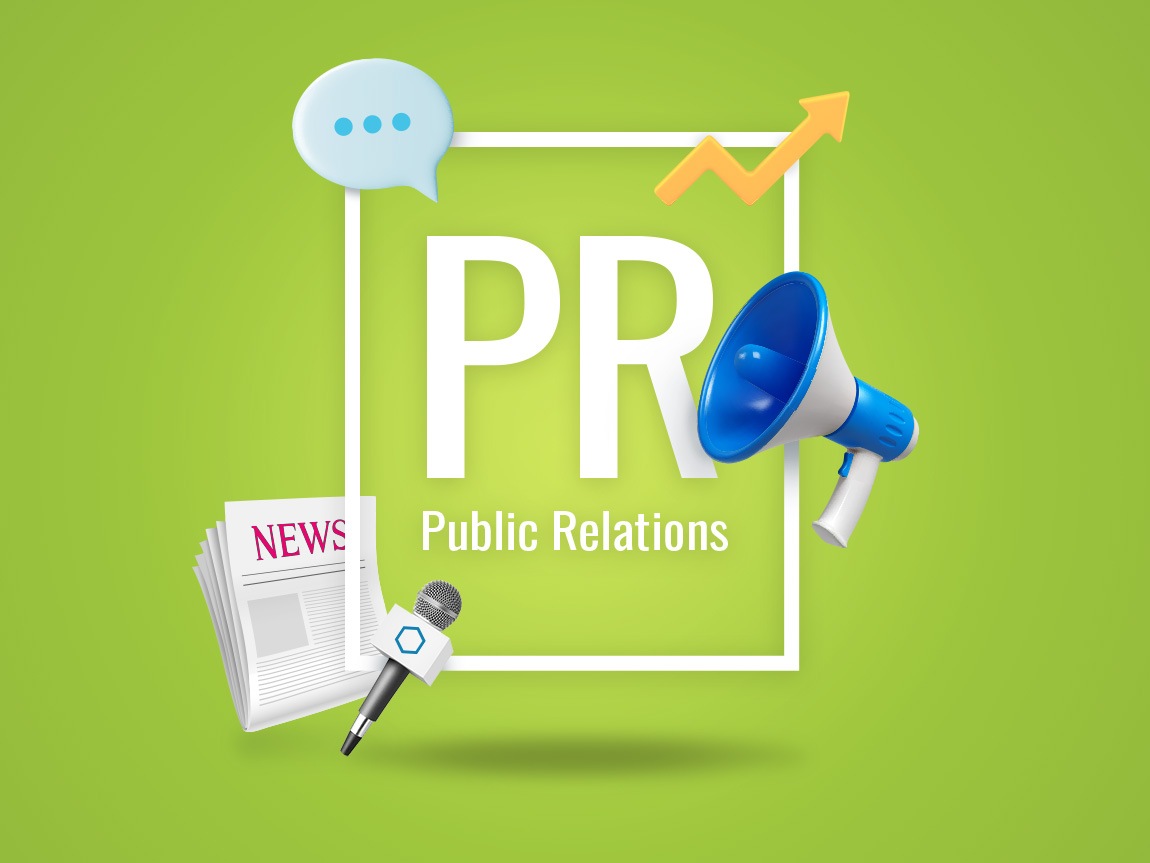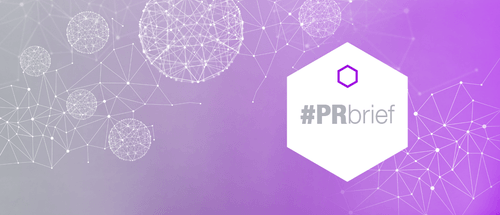What does PR stand for?
After landing my first job as a PR Coordinator, I remember family members and friends asking me, “What is PR, and what does it stand for?” While some may assume PR is an acronym for “press release,” it’s important to clarify that PR stands for “public relations.”
So, what exactly is public relations?
PR is not an easy field to define, and different people may have opposing definitions. Here at Element, we define public relations as a strategic communication process that grows brand awareness by building mutually beneficial relationships with your target audiences. You might be thinking, what does that really mean? Let us break it down for you.
Press Releases and Press Release Abbreviations
Let’s take a moment to talk about press releases. After all, while not everything warrants a press release, it’s still a valuable PR tactic when it makes sense. And when we do recommend a press release, we write killer ledes, know AP Style and press acronyms frontwards and back, and understand what reporters mean when they say, “descending order.” We understand when to distribute a press release versus a press release abbreviation. An abbreviation is a shortened version of a press release, typically containing key points used for quick dissemination of information to outlets or stakeholders. We distribute to targeted, planned media lists deliberately and complete timely follow-ups. Just as with any public relations tactic, there’s a science to this process.
The word “random” does not exist in a PR pro’s vocabulary. Haphazard pitching, unplanned press release distributions, and spontaneous media outreach end in disaster and zero results for clients. The most admired PR experts know how effective the distribution of information to appropriate audiences—at the right time—can be.
PR vs. Advertising
Unlike public relations, most people can define advertising. Also unlike public relations, advertising is a paid approach to promoting a company or its products and services. Instead of paying for exposure, PR is earned through carefully planned tactics that connect back to a strategy. Tactics can include media relations, influencer relations, social relations, event development, or third-party endorsements (such as a trade publication or consumer outlet).
Now, let’s define public relations again: A strategic communication process that grows brand awareness by building mutually beneficial relationships with your target audiences. You’re nodding your head, and it’s starting to click.
Let us break it down a little further and explore the DNA of PR.
What are the key elements of public relations?
PR is storytelling.
When we welcome new PR clients to Element, we have a comprehensive onboarding process. That’s because there’s no brand guide for PR. We need to know our clients and their businesses inside and out. We need to dig deep to find and tell their true, raw stories, which is what we do best. Every company has great stories, but some don’t know how to uncover them. PR pros have a nose for news and a knack for finding hidden gems. We begin by listening and we do so with a purpose.
PR is strategic.
Every single communication tactic has an intent and measurable goal (we’ll touch on that next) and is traced back to a bigger, overarching strategy. Behind every great public relations campaign is a strategy that ties back to what PR stands for in the business goals of our clients. Post-pandemic, journalists are craving new narratives supported by data in today’s saturated news environment. Consequently, every tactic within our strategy is carefully crafted to convey the right message to each audience effectively.
PR is measurable.
More marketing professionals than ever are recognizing the value of public relations within a marketing strategy. That’s right—PR provides measurable results. Our metrics are both quantitative and qualitative. For example, we can report on clicks from a contributed article to your website through tracking links. Thanks to the power of data and analytics, we can examine where your media traffic is going once it reaches owned properties. Likewise, we can also depend on our clients to provide qualitative feedback on the number of sales leads they receive from a prospect reading their bylined article.
PR builds relationships.
We have a lot of friends. From building open and honest relationships with the media, industry influencers, social media influencers, and even our clients’ customers and employees, our days are filled with developing real connections and finding mutually beneficial opportunities. Not only do we spend time conversing with audiences, but we spend time learning about them too. To develop personal, authentic connections, we read their articles, follow them on social media, learn about their beats, and do our research to understand how they like to be contacted and pitched. While distribution technology is extremely valuable and essential, this is the human connection that a software or contact database can’t tell us. It’s the real, boots-on-the-ground stuff that makes all the difference.
PR is reputation management.
In today’s rapidly evolving digital landscape, the importance of maintaining a positive public image has become increasingly significant. When companies have particularly sensitive news to announce, they turn to PR pros to manage, protect, and monitor their reputation. And with today’s various platforms for airing grievances, it’s easier than ever for a business’s reputation to suffer. Because of the positive relationships we make with a company’s media outlets and influencers, there’s no better team for the job. PR pros know it’s important to act fast when sticky situations arise, with an agreed-upon message to mend broken relationships and rebuild or sustain a reputation.
PR is ethically sound.
As PR professionals, we take our ethical responsibilities very seriously, and proper ethical conduct is of utmost importance. Here at Element, we follow the code of ethics outlined by the Public Relations Society of America (PRSA).
PR is a juggling act.
If you haven’t noticed, we walk a fine line … while juggling bowling pins and waving to multiple audiences … all with a smile, of course. In all seriousness, think about the number of different stakeholders in a company. Employees, boards, customers, influencers, and media, just to name a few. It’s our job to tend to each of these audiences to ensure successful communication, a positive brand image, and earned media coverage to tell a business’s story.
When you think “PR,” think Element.
The next time you consider distributing a press release (a public relations tactic, remember?), contact our Element PR experts to help you take a closer look. Perhaps there’s a stronger method of communication to really get you noticed and a deeper connection we can build together.
This blog was originally published in 2018 but updated and republished in 2024.








